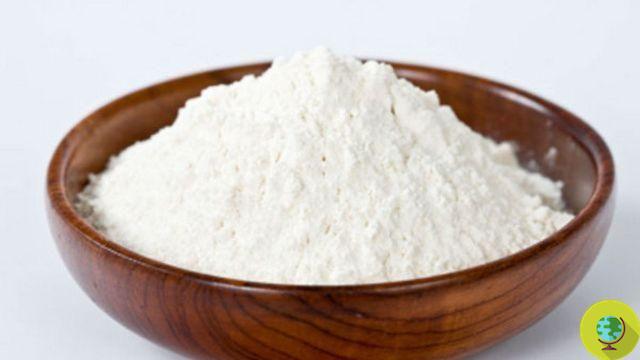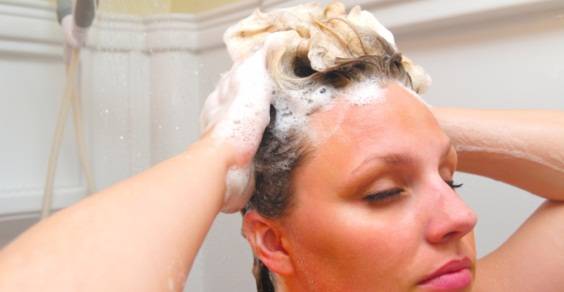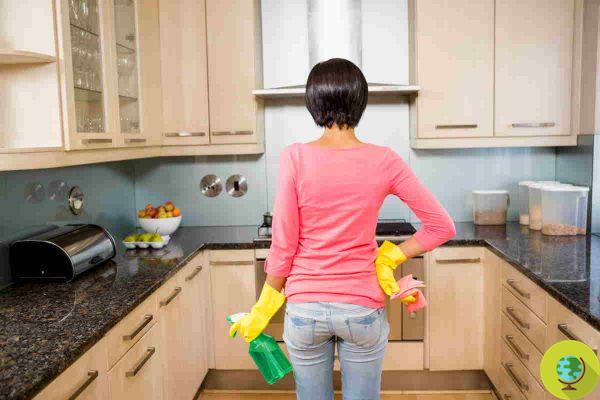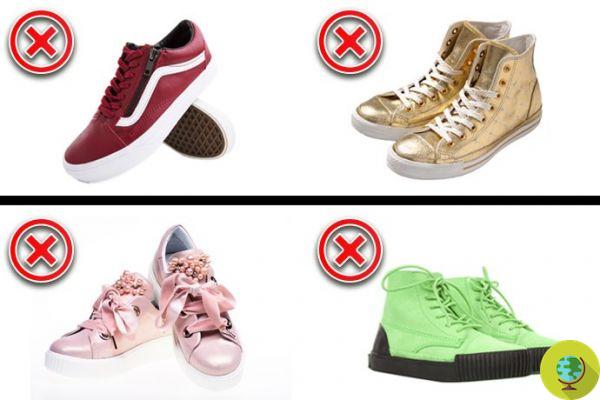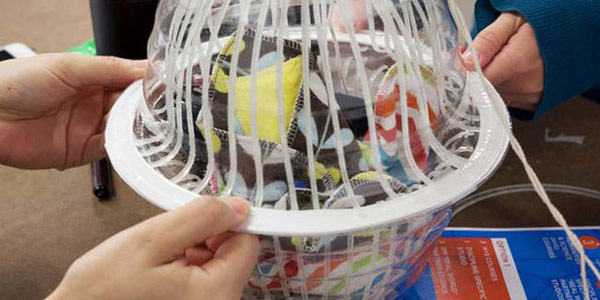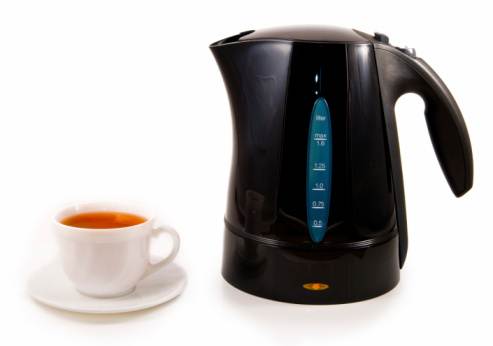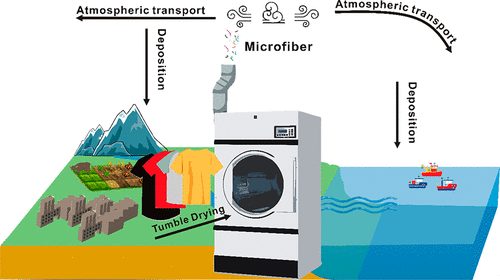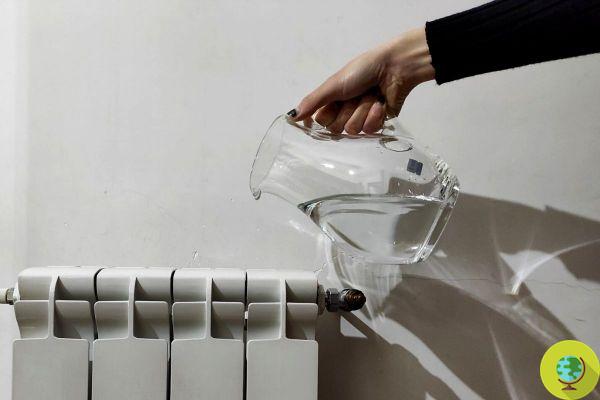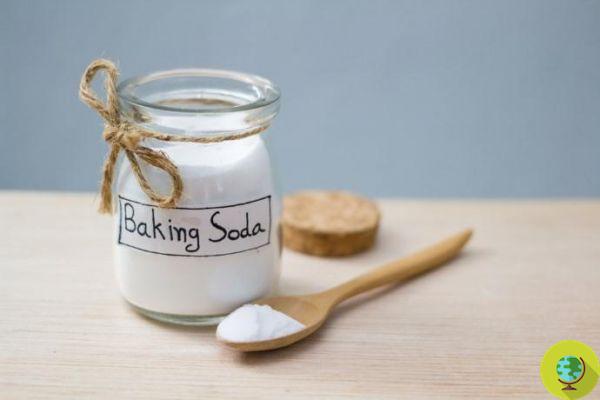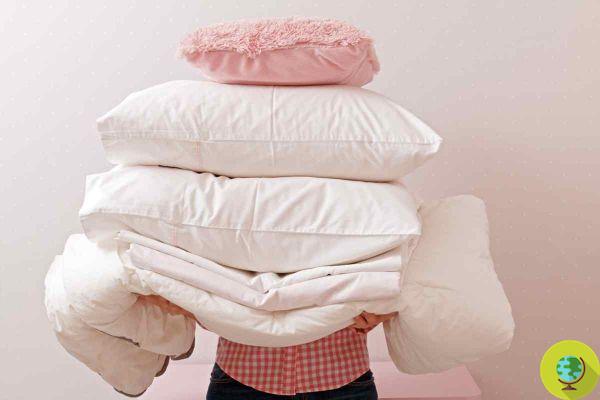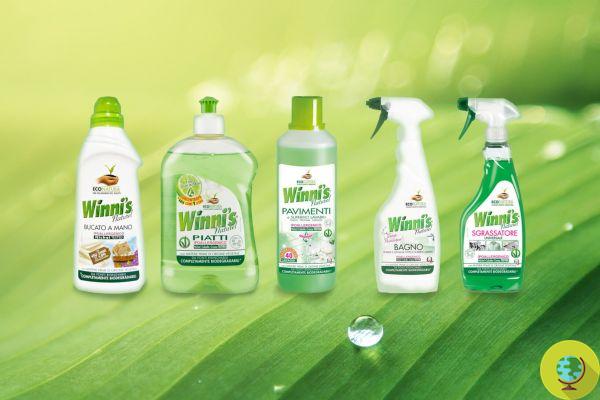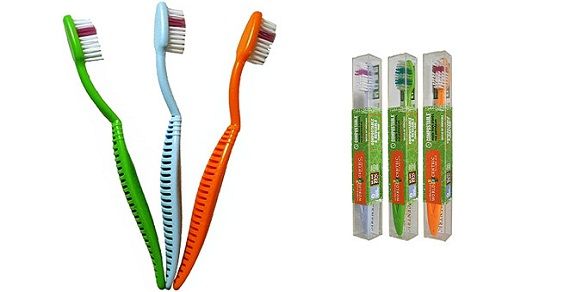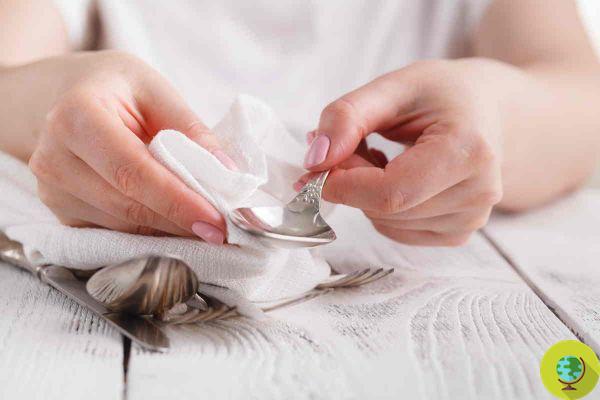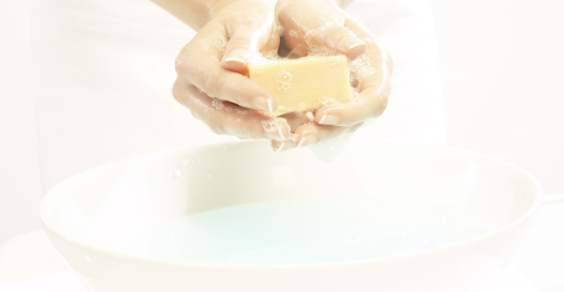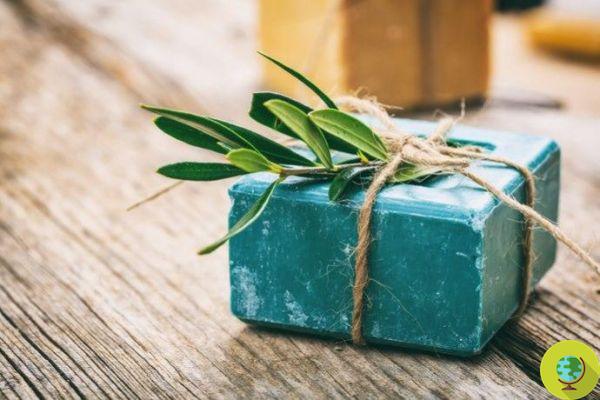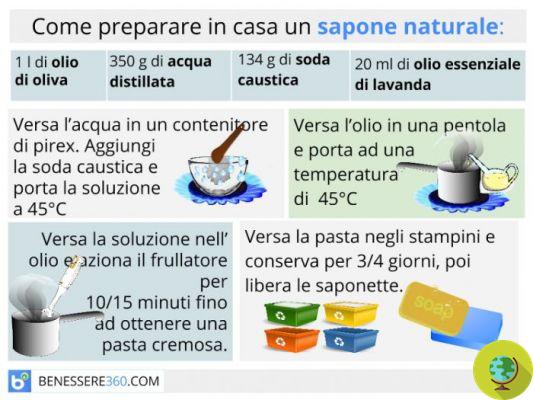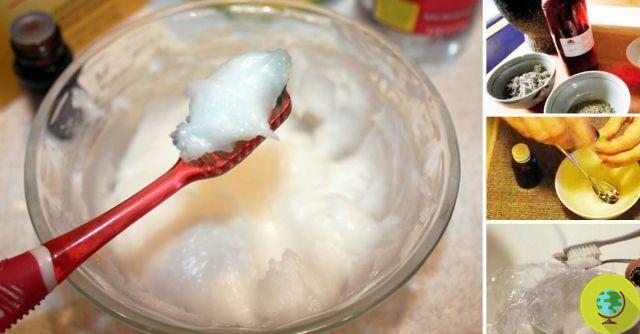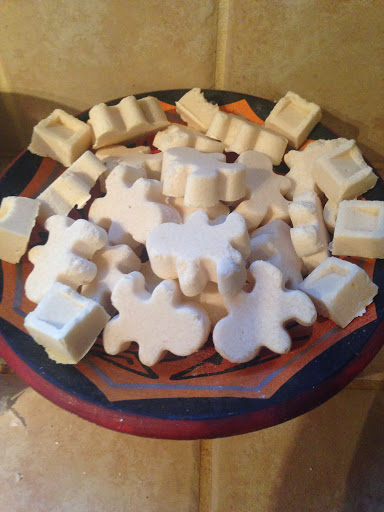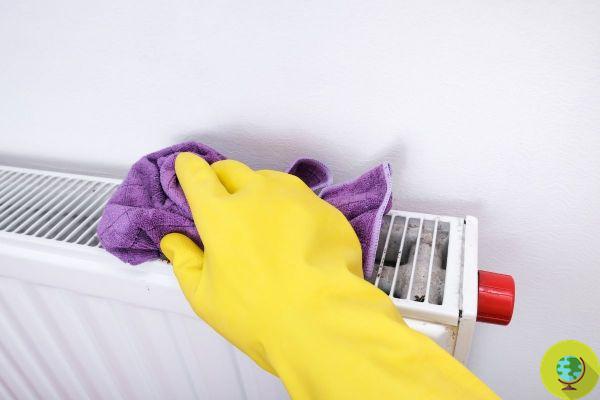
With these simple home tricks we will be able to enjoy clean and functioning radiators throughout the winter
He is about to end up run over, his mother saves himWith these tricks we will be able to enjoy clean and functioning radiators throughout the winter
The best way to make our cast iron radiators work best is to always keep them clean and in good condition. Unfortunately, however, heaters are made up of different elements and it can often be difficult to clean them thoroughly and thoroughly - however the presence of dust and dirt can greatly compromise their functionality, as well as representing a danger to the health of those living in home. Here is a detailed guide to take care of the cleaning of radiators in the best possible way. In any case, we remind you that the radiators must always be cleaned when they are off and cold, possibly also turning off the boiler.
Index
Dust removal
First of all it is important to clean the wall in front of the radiator, where the dust lurks most. For this operation we can use a specific brush with a narrow and long shape (similar to a bottle brush) which will allow us to reach even the most difficult corners. We use this "dry" brush to remove dust - to prevent it, in combination with water, creating a pasty mixture that is difficult to remove. As an alternative to the brush, we can use a long-shaped object (for example a ladle or a kitchen shovel) wrapped in a microfibre cloth.
After removing the dust, let's clean the radiators with soap and water. Let's start by protecting the wall around the radiator with towels or newspapers, so as not to leave traces of water, then we use a soft sponge soaked in water in which we will have dissolved a few drops of detergent. We continue until all the radiator is clean and the water in which the sponge is soaked will not come out transparent, then we dry each element with a soft cloth. Also in this case, we use a thin brush or a pipe cleaner to reach the gaps between the elements (alternatively, we can put into practice the knot trick to remove the dust between the radiator elements).
We can also use the vacuum cleaner, to suck up the deposits of dust and dirt deposited behind the radiator or among its elements: we just need to mount a long and flat nozzle on the vacuum cleaner tube, which we will insert between the various elements to suck up the dirt. As an alternative to the vacuum cleaner, we can also use a normal hairdryer, which however works in the opposite way: in fact, instead of vacuuming and removing dust and dirt, it will make it move with its jet of air. For this reason, before aiming the hair dryer inside the elements, it is advisable to place a wet rag under the radiator, on which the fallen dust will settle.
Finally, we can use a steam jet cleaner, which will allow us to clean and sanitize the radiator, also acting as an anti-mold function. After removing the "dry" dust with a cloth or a pipe cleaner, we aim the jet of steam on the radiator and between the elements; subsequently, dry the entire radiator with a dry cloth.
Remove stains
Over the years, it is not uncommon for radiators to show stains or to turn yellow, losing their original white color, and this is due to many factors: old systems, dust, dirt, cigarette smoke, exposure to sunlight. these are all causes of the yellowing of the radiators. To remove stains, the bicarbonate sodium can prove to be a valid ally: we can create a "paste" by dissolving a few tablespoons of bicarbonate in a little water and massaging it with a sponge on the dirty elements of the radiator. After rubbing vigorously - until all stains have disappeared - remove the compound with a damp cloth.
even the Marseille soap it can help whiten radiators, but it has a more delicate action than that of baking soda. In this case, we will create a solution of hot water and soap flakes, which we will use to clean the various elements of the radiator, before drying with a soft cloth. Finally, we can create a solution of water and citric acid (which can be easily bought in hardware stores or DIY stores) and spray it directly on the stains with the aid of a vaporizer, before wiping with the sponge.
(Also Read: How To Remove Stains And Whiten Yellowed Radiators)
How to get rid of rust from radiators
If our cast iron radiator has rust stains, it means that there is a loss of water that we must contain before proceeding with the cleaning: the metal, in fact, rusts in contact with water. After stopping the leak (HERE you will find some on how to do it independently, without the help of an expert) the action to clean it will have to be more incisive: we can use very fine-grained sandpaper (you can buy it in hardware stores) or a toothbrush with metal bristles to scratch rust away. After removing all traces of rust, we recommend using an antirust product before repainting the radiator to give it a uniform color.
Let's not forget the valves!
Even the metal valves combined with our radiator must be carefully cleaned, to ensure correct operation of the heating system. Especially if we notice that the radiators heat up unevenly, we open the vent valve next to the radiator a little and allow the air bubbles to escape which prevent a uniform passage of air.
Next, we can use a solution of water and dish soap to degrease the metal valves and make them look like new again. We do not recommend using a solution of water and vinegar: vinegar, in fact, in combination with water, releases highly polluting substances for the environment.
When to clean
We have seen different methods to clean the radiator in all its parts, but when is the best time to clean? Let's say that winter is the least suitable time to clean radiators, since it coincides with the period of their maximum use. We should take advantage of spring or summer to do this service: in this period the system is not turned on and we can devote ourselves zealously to cleaning the radiators, in order to prepare them for the cold season and to have them ready for use. winter.
Follow your Telegram | Instagram | Facebook | TikTok | Youtube
We also recommend:
- How to use radiators correctly so as not to harm your health
- How to heat the rooms of the house without radiators?
- The boiler: advice for selection, installation and maintenance. For warmth in complete safety





